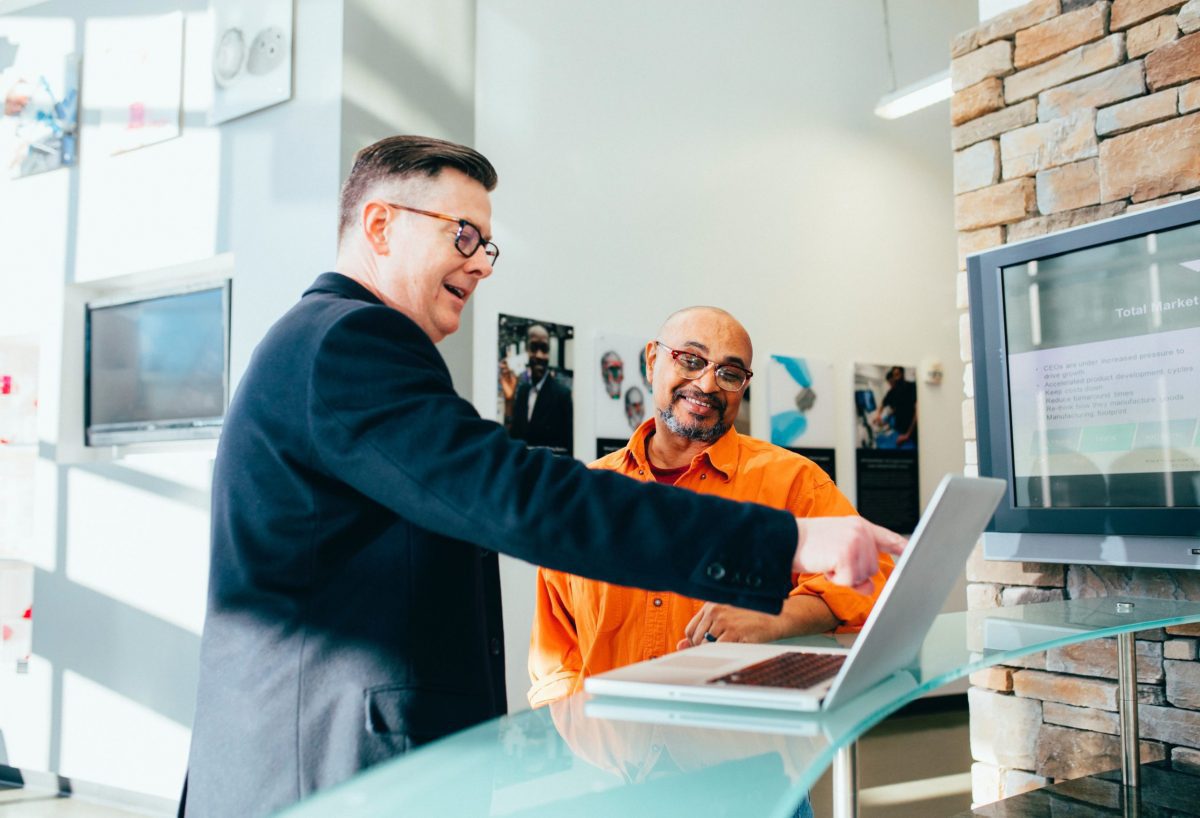
“A shared belief that one will not be punished or humiliated for speaking up with ideas, questions, concerns or mistakes.” Amy Edmonson
As leaders we have heard about the critical role psychological safety plays in team effectiveness. Amy Edmonson first identified the concept back in 1999†. In 2012, Google, through its Project Aristotle research (How to build the perfect team)*, concluded that psychological safety is the most important condition for a high performing team.
No one can argue against the importance of providing a safe place and environment for team members to voice their opinions freely without fear of retaliation, punishment or humiliation. This is a key element to team effectiveness and to an environment that prioritizes innovation and agility.
It seems like common sense, and yet in our experience working with different teams across the globe, it is not necessarily common practice. The need to nurture psychological safety is often a blind spot for leaders. It is a perfect example of disconnect between intent and impact in leadership. Most leaders genuinely want to leave a legacy through their people, they act and lead from good intent. Yet how a team interprets the actions and decisions of the leader determines the impact of their leadership.
Leadership behaviors that diminish psychological safety
There are some very visible leadership behaviors that drive disconnect and diminish psychological safety. These are things anyone can identify while observing a team interacting. For example: blaming others, using hostile and aggressive language, dictating what needs to be done, shutting people down, killing another’s ideas, monopolizing the conversation, combative listening, excluding people from conversations.
As well as these very visible behaviors, there are also other, more subtle, behaviors and symbols that diminish psychological safety. These are less visible and ones that we don’t necessarily pay as much attention to, and yet can have the same impact.
The following are some of the most common examples I have observed when working with teams:
- Missing the connection: Diving directly into the agenda at the start of a meeting without dedicating some time to connect and acknowledge each other’s state of mind.
- Nonverbal signs: According to research† only 7% of messages pertaining to feelings and attitudes are in what we say. The rest of the messages are in facial expressions and tone of voice. Our body speaks louder than our words.
- The leader opening the conversations and voicing own opinions first: This sets the tone of the conversation for the rest of the team and establishes a hierarchical message that the boss speaks first.
- Asking rhetorical questions: Asking something with a desired response in mind shuts out other ideas and triggers defensive behaviors.
- Being spaced out in a meeting: Multitasking, checking phones etc., while other team members are speaking and sharing ideas.
- Going along with “just kidding” excuses: Playing along and tolerating jokes and topics that could be sensitive to people, possibly leading to feelings of discomfort or exclusion.
How can leaders increase psychological safety in teams?
Much has been said and written about this, adding to Amy Edmonson’s suggestions based on her research. Following are 8 key things I believe every leader should do and pay attention to in order to increase psychological safety:
- Be aware of your own leadership style and impact on others: Learn how you perceive yourself, and how others perceive your leadership style. Identify your own strengths, derailers and blind spots, and the impact you have on your team.
- Connection before context, and context before content: Take time to connect and receive each other in each interaction. Then set the intention for your meeting and align on the agenda before jumping into the content of the conversation.
- Agree on operating principles: These are the rules of the game, they sum up how the team will interact together. Team members must commit to honoring these principles; not only agreeing to comply to them but also to speaking up when any of these principles are not being followed.
- Balance airtime: Make sure all voices are heard; consciously plan team dynamics to ensure everyone can provide their feedback and contribute to the discussion. Listen and ask clarifying questions to check assumptions before sharing your opinion.
- Turn feedback into a habit: Ask questions to the team. What’s working? What could make our meetings more effective? How can I help you become more effective? What would you like to see differently in the way we interact? What would help you improve your experience at work? Be prepared to receive others’ points of view without resistance.
- Address undiscussables: These are the unspoken topics everyone knows about, and team members choose not to address. Put things on the table with compassion and express your truth with honesty and respect.
- Call out uncomfortable / improper comments: Walk your talk and demand others to comply with your standards. Create an inclusive environment where everyone feels valued and respected.
- Respect and honor your relationships: Make this a priority. Invest time in strengthening your relationships and letting people into your circle of trust. Get to know each other, learn from one another’s journeys and understand how you complement each other.
Creating a safe environment
Psychological safety is not something that can be taken for granted. It can take time to build and seconds to break, and should be part of every leader’s agenda. Creating a safe environment where people can openly express their opinions freely is our ultimate responsibility as leaders.
†https://web.mit.edu/curhan/www/docs/Articles/15341_Readings/Group_Performance/Edmondson%20Psychological%20safety.pdf
*https://rework.withgoogle.com/print/guides/5721312655835136/


 In over 15 years of leading global remote teams, I have experienced firsthand how critical this is for the success and wellbeing of a team, its leader, and the organization. Your ability to have respectful, compassionate, honest, and straightforward conversations online will shape your culture and be a key lever for a high performance.
In over 15 years of leading global remote teams, I have experienced firsthand how critical this is for the success and wellbeing of a team, its leader, and the organization. Your ability to have respectful, compassionate, honest, and straightforward conversations online will shape your culture and be a key lever for a high performance.














 Moreover, d
Moreover, d